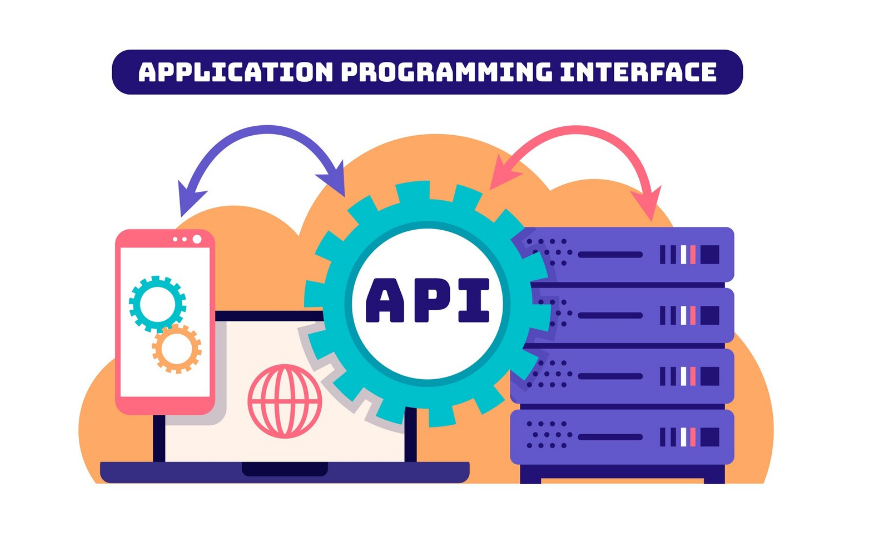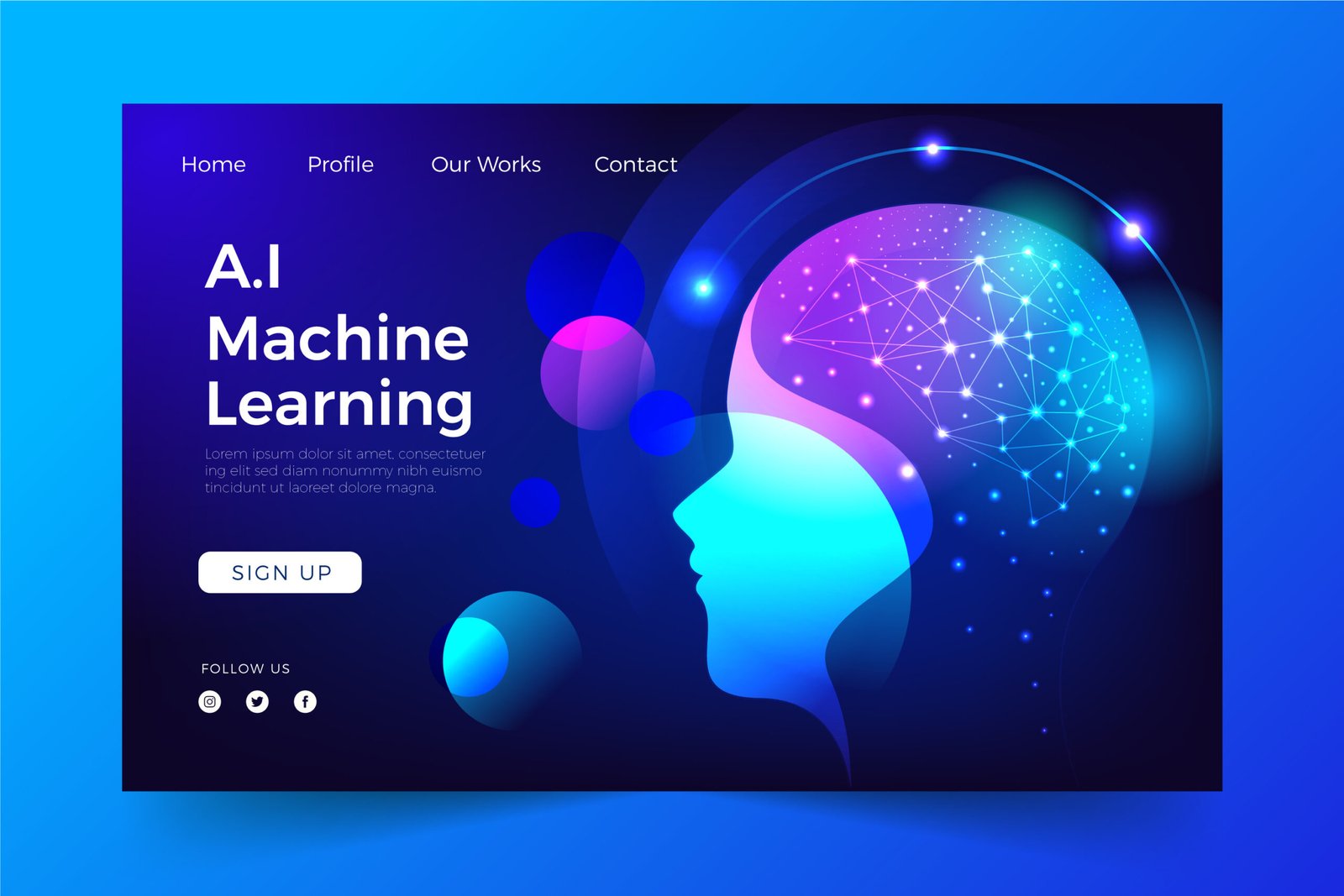Introduction: The Hidden Engine Behind Modern B2B Growth
In today’s digitally connected B2B landscape, success hinges not just on creative campaigns or aggressive outreach—but on seamless technological coordination. At the heart of that coordination lies a vital, often underestimated force: API integrations.
APIs (Application Programming Interfaces) are no longer the domain of back-end developers alone. They are now a cornerstone for scalable, data-driven B2B marketing, enabling businesses to connect systems, automate workflows, and deliver personalized experiences at scale. As marketing stacks grow more complex, understanding the role of API integrations is not just helpful—it’s essential.
What Are API Integrations?
At their core, API integrations allow disparate software applications to communicate and share data in real time. Instead of manually transferring data from a CRM to an email platform, APIs ensure this happens instantly and automatically.
In B2B marketing, where multiple tools—from lead capture systems and analytics dashboards to automation platforms and CRMs—must work together, APIs function as the glue that holds the ecosystem together.
Why API Integrations Matter in B2B Marketing
1. Scalability Without Chaos
As businesses grow, so do their marketing needs. Adding new tools without creating bottlenecks is crucial for scaling. API integrations ensure that data flows freely between platforms, preventing fragmentation and enabling a centralized strategy.
2. Real-Time Personalization
Modern B2B buyers expect B2C-like experiences. APIs allow marketing systems to respond to user behavior in real time. For instance, when a user downloads a white paper, an API can trigger personalized email nurturing based on their industry, company size, or engagement level.
3. Data Consistency Across Channels
A core challenge in B2B marketing is aligning data from multiple touchpoints. Without APIs, marketers risk working with siloed or outdated information. API integrations keep customer profiles and engagement histories consistent across tools, making segmentation and personalization far more effective.
Key Use Cases of API Integrations in B2B Marketing
1. CRM and Marketing Automation Sync
Connecting your CRM (like Salesforce or HubSpot) with marketing platforms (like Marketo or ActiveCampaign) is one of the most common API use cases. This integration enables:
- Automatic lead scoring and routing
- Triggered workflows based on deal stage
- Unified customer views for sales and marketing
2. Website and Analytics Integration
APIs can pull website activity data from platforms like Google Analytics or Hotjar into your customer data platform. This helps track:
- User engagement
- Conversion paths
- Drop-off points for retargeting efforts
3. Lead Generation and Enrichment
When someone fills out a form on your website, API integrations can instantly enrich that lead with data from third-party platforms like Clearbit, ZoomInfo, or LinkedIn. This allows sales teams to prioritize high-quality leads without delay.
4. ABM Platform Integration
In account-based marketing (ABM), APIs play a crucial role by connecting ad platforms, intent data tools, and CRM systems. This enables marketers to dynamically serve ads, personalize emails, and create landing pages that speak directly to targeted accounts.

How API Integrations Drive Efficiency and Automation
Marketing teams today are under pressure to do more with less—more leads, more personalization, more insights—often with fewer resources. API integrations streamline operations in several ways:
✅ Reduce Manual Tasks
Automated workflows replace repetitive tasks like exporting leads, syncing campaign results, or segmenting lists.
✅ Speed Up Decision-Making
Real-time data allows marketers to quickly respond to trends, adjust campaigns, and reallocate budgets more effectively.
✅ Enhance Team Collaboration
APIs enable marketing, sales, and customer success teams to operate from a shared data environment, aligning goals and increasing visibility across departments.
The API-First Approach in Marketing Technology
Many forward-thinking B2B companies now adopt an API-first approach when selecting marketing technologies. This mindset prioritizes platforms that:
- Offer robust APIs and documentation
- Support custom integrations
- Scale without creating lock-in
Rather than relying on monolithic platforms, businesses can build flexible tech stacks tailored to their unique workflows.
API Integrations and Data Privacy: What to Consider
While APIs are powerful, they’re not without risk—especially in a privacy-conscious era.
🔒 Ensure Secure Data Transfers
Use APIs that encrypt data in transit and have strong authentication protocols (OAuth, tokens, etc.).
📜 Maintain Compliance
Ensure your integrations align with GDPR, HIPAA, or other relevant compliance requirements—especially when handling PII (Personally Identifiable Information).
✅ Audit Third-Party Integrations
APIs can introduce vulnerabilities if connected to insecure systems. Vet all tools and monitor for suspicious activity.
Challenges in API Integration (And How to Overcome Them)
Despite their benefits, implementing APIs can present certain challenges:
1. Complex Setup
Not all APIs are plug-and-play. Custom integrations may require development time, documentation review, and testing. Solution: Choose vendors with strong API support and SDKs.
2. Versioning Issues
APIs evolve. If your integration breaks due to an update, it can disrupt your workflows. Solution: Use APIs with backward compatibility and clear changelogs.
3. Data Mapping Conflicts
Different systems may label or structure data differently (e.g., “Company Size” vs. “Employee Count”). Solution: Standardize data fields and implement validation rules during integration.
Future Trends: APIs and the Evolution of B2B Marketing
As marketing continues to evolve, API integrations are becoming more intelligent and automated. Here are emerging trends worth noting:
🌐 Open Ecosystems
Vendors now offer open ecosystems where APIs enable third-party apps to build on top of existing platforms—creating entire marketplaces (e.g., HubSpot App Marketplace).
🤖 AI and API Convergence
With APIs feeding real-time data into AI systems, predictive marketing and hyper-personalization become achievable at scale.
🧱 Composable Marketing Stacks
“Composable” architectures allow marketers to build best-of-breed solutions from modular tools, all connected via APIs.
How to Get Started With API Integrations
If you’re new to API integrations in marketing, here’s a simplified roadmap:
- Audit Your Stack
Identify tools that would benefit from integration—CRMs, CMSs, analytics, automation platforms. - Set Business Objectives
Are you aiming to improve lead quality, speed up campaigns, or align sales and marketing? Define goals first. - Choose API-Friendly Platforms
Look for vendors with open documentation, sandbox environments, and reliable support. - Collaborate With Dev Teams
Involve IT or developers early in the planning process for custom integrations. - Test and Monitor
Before going live, test your integrations thoroughly. Monitor performance, error rates, and data integrity regularly.
Real-World Example: B2B SaaS and API-Led Growth
Let’s consider a hypothetical SaaS company targeting mid-market HR tech buyers. Their API-driven marketing stack might look like this:
- CRM: HubSpot, connected to…
- Marketing Automation: Pardot
- Ad Platform: LinkedIn Ads API, pushing data to…
- Customer Data Platform: Segment
- Enrichment Tool: Clearbit API for firmographics
- Analytics: GA4 + Looker Studio
Using API integrations, this company can:
- Trigger campaigns when a lead visits a pricing page
- Serve dynamic LinkedIn ads to accounts in active sales stages
- Alert sales reps when intent signals spike
This synergy isn’t just efficient—it’s scalable.
Conclusion: APIs as a Strategic Marketing Asset
In B2B marketing, where relationships span months and decisions involve multiple stakeholders, efficiency, personalization, and coordination are non-negotiable. API integrations make all three possible.
They’re not just technical tools; they’re strategic assets that power modern, scalable marketing operations.
Marketers who embrace APIs today will be better positioned to handle the complexity, scale, and agility that define the future of B2B.





